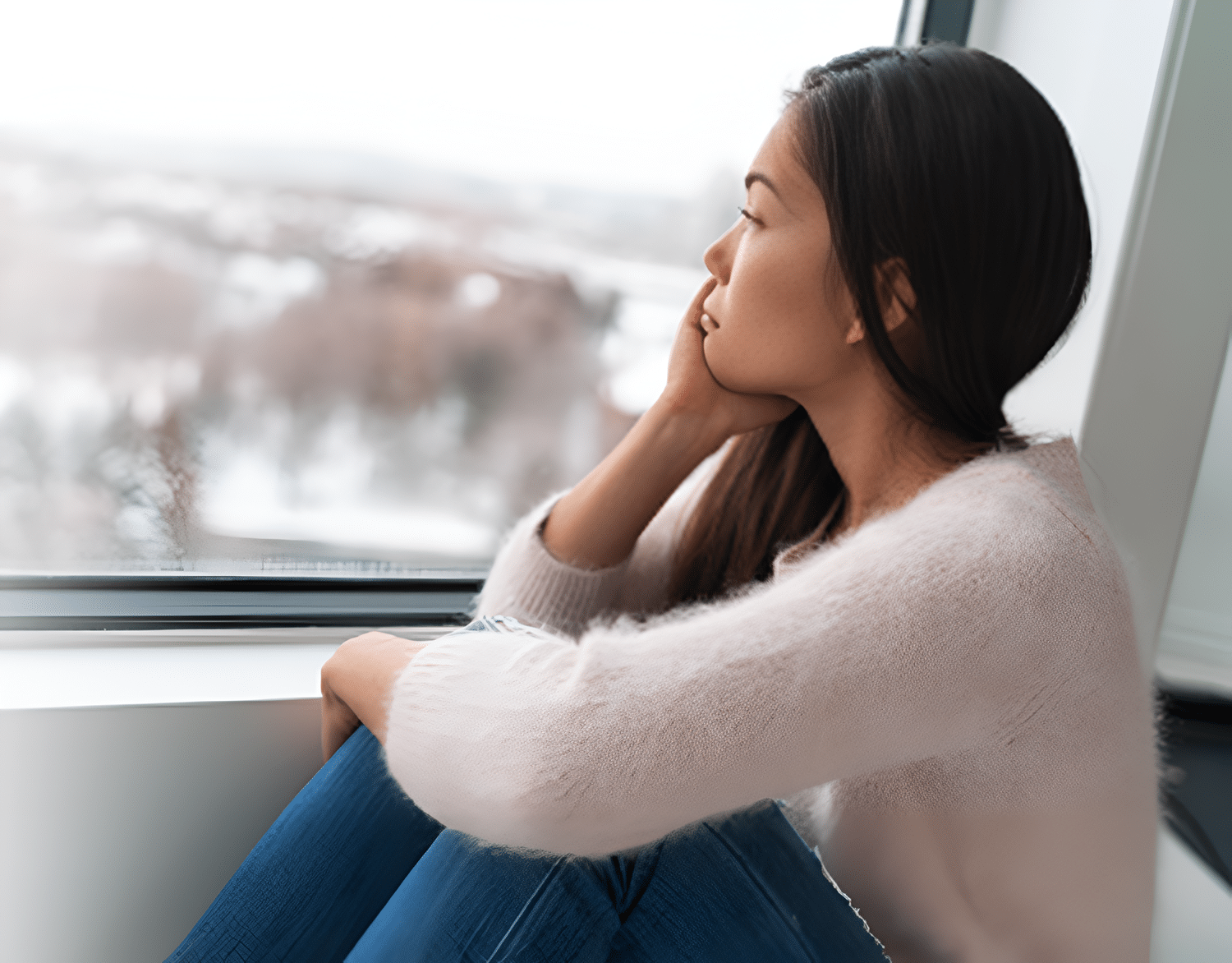
Many people expect the “winter blues” to show up sometime after the holidays, once the days feel shorter and colder. But over the past several years, clinicians have noticed a shift: seasonal depression, also known as Seasonal Affective Disorder (SAD), is beginning earlier for many individuals, sometimes as early as late September or early October.
There isn’t one single cause behind this trend. Instead, several environmental, biological, and lifestyle factors are interacting in ways that prime the brain for earlier depressive symptoms. Here’s what the latest research shows.
1. The Changing Light Cycle Is More Dramatic Than It Used to Be
We often underestimate how sensitive the brain is to changes in daylight. Even a small reduction in natural light can affect melatonin, serotonin, and the body’s internal clock (circadian rhythm), all of which influence mood, sleep, and energy.
In northern regions like New York, the shift from long summer days to early autumn darkness now feels more abrupt because:
- Daylight saving time results in sudden clock changes, and
- Many people are spending more time indoors, decreasing their overall exposure to natural light.
For individuals prone to seasonal depression, this combination makes the brain more reactive to even early-season changes.
2. Chronic Stress and Burnout Lower the Brain’s Resilience
The past few years have brought sustained levels of stress—from work pressure and economic uncertainty to caregiving load and the lingering effects of the pandemic. Research shows that chronic stress disrupts the HPA axis, the system that manages our stress hormones, making the body more vulnerable to mood disorders.
When your baseline level of stress is already high, the biological shift into fall can hit harder and faster. Many people report that the first gray week of October feels like a “switch flipping,” even though winter hasn’t arrived yet.
3. More Screen Time Means Less Natural Light Exposure
We’re spending more hours than ever in front of screens—many of which emit blue light that interferes with sleep and circadian rhythms. At the same time, working from home means fewer people are commuting, walking outside, or getting sunlight naturally during the day.
Reduced morning light exposure (which helps regulate mood and energy) is strongly linked to seasonal depression. When fall arrives and daylight decreases, people who already have low light exposure tend to feel the effects earlier.
4. Climate Variability Is Changing Seasonal Patterns
Warmer autumns, unpredictable weather, and inconsistent sunlight may also contribute. Some studies suggest that when seasonal cues (temperature, daylight, and weather patterns) become less predictable, the brain may struggle more to regulate mood. Instead of easing gradually into winter, the body experiences more abrupt shifts.
Additionally, heavy rain patterns, cloudier-than-average months, or wildfire smoke (which reduces sunlight exposure) can all reduce the light your brain receives, amplifying seasonal symptoms earlier than usual.
5. Lifestyle Patterns Shift Earlier Than the Weather Does
Even if temperatures stay warm, our routines change quickly after summer:
- Kids return to school
- Work expectations increase
- Vacations end
- Social activity slows
- Exercise levels drop
In other words, our lifestyles shift into “winter mode” weeks before the season actually changes—and the brain responds accordingly.
What You Can Do Now
The good news is that early-onset seasonal depression is highly treatable. Effective options include psychotherapy, lifestyle interventions, light therapy, and when appropriate, medication.
If you recognize symptoms emerging earlier each year—low energy, irritability, increased sleep, cravings for carbohydrates, difficulty concentrating, or a drop in motivation—reaching out early can prevent symptoms from worsening.
At NYMHC, our psychiatrists and therapists work collaboratively to provide integrative, evidence-based treatment that supports your mood throughout the year.
References
Rosenthal, N. E., & Wehr, T. A. (2019). Seasonal affective disorders: A family of mood disorders with a seasonal pattern. In Comprehensive Clinical Psychology (pp. 495–514). Elsevier.
https://doi.org/10.1016/B978-0-12-809324-5.05607-1
Molendijk, M., & Molendijk, I. (2023). The role of light exposure in mood disorders: A systematic review. Journal of Affective Disorders, 328, 108–121.
https://doi.org/10.1016/j.jad.2023.01.034
